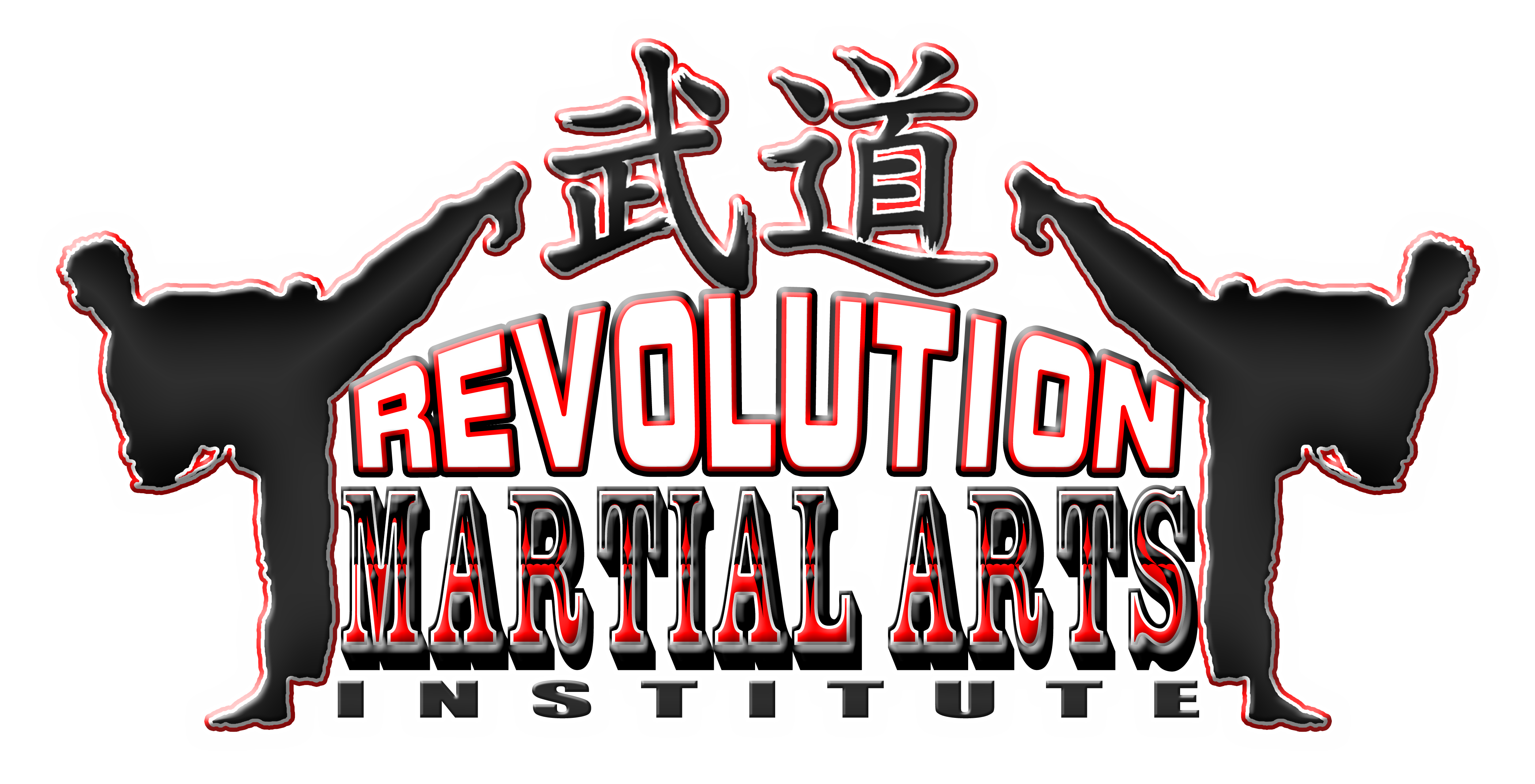As a student coming up through the belt system of the Pilsung Martial Arts Association, there is a certain level of general knowledge he or she must have an understanding of, along with the physical requirements, before being able to advance to each new rank.
In early stages of training, the questions start off rather basic.
10th Gup–White Belt
What is our Style? Pilsung Moo Do.
What is the name of our school? Revolution Martial Arts Institute.
Who is your instructor, and what is his rank? Master Michael Celona, 6th Dan.
Who is the Grand Master and what is his rank? Grand Master Young H. Kwon, 8th Dan.
What is the name of our organization? Pilsung Martial Arts Association.
What year was the Pilsung Martial Arts Association founded? 2009.
What does PILSUNG mean? Certain Victory.
The more evolved a student gets with their physical training, the more their general knowledge ought to build alongside it like pieces to a puzzle.
9th Gup–White with Black Line
Name the 5 Codes:
1. Loyalty to one's country
2. Obedience to parents and elders
3. Honor friendship
4. Achieve your goals
5. In battle choose with sense and wisdom
8th Gup–Orange
What does Pilsung Moo Do Mean? The Martial Art or Martial Way of Certain Victory.
What does Tang Soo Do Mean? Tang Soo Do literally means “Way of the China Hand.” Tang refers to China's T'ang Dynasty and their influence on Korean Martial Arts. Soo means Hand, but also implies fist, strike, block ...etc. Do means art, path, or way of life.
What does Tae Kwon Do mean? Tae Kwon Do literally means “Way of the Foot and Fist.” Tae refers to the foot, or Kicking. Kwon means fist, but implies punching. Do means art, path, or way of life. Tae Kwon Do can also be translated as the Way of Kicking and Punching.
2nd Gup–Red
Name the three Kingdoms of Ancient Korea, where were they located, and when were they founded.
Silla Dynasty:
Southeast Peninsula
57 BC
Koguryo
Northern Korea
37 BC
Paekche
Southwest
18 BC
What dynasty united the 3 Kingdoms, and in what year? Silla Dynasty in 668 AD.
Which dynasty is most famous for the development of the Martial Arts in Korea? Silla Dynasty.
What was the name of the warriors who were instrumental in unifying the Korean peninsula as the new Silla Dynasty? Hwa Rang Dan Warriors.
Who was the monk that originated the 5 codes? Won Kwang.
Who were the two warriors who brought back the codes from Won Kwang? Kwi San and Chu Hwang.
I think for those who’ve merely regurgitated the material for promotional gain, this information may seem very abstract and is easily dismissed. While our style comes from a long line of Korean heritage, having a more complete understanding of how and why the notable “pilsung” moniker came to be should not be so foreign to its disciples.
The Pilsung Martial Arts Association wasn’t founded until 2009 by Grand Master Young H. Kwon; though its roots predate that of the modern era.
Kwan Jang Nim (Grand Master) began his martial arts journey in 1962 under Song Ki Kim of the Korean Soo Bahk Do/Moo Duk Kwan Association in Song Tan, South Korea. At the age of nine, he received his black belt; making him the youngest to have achieved such rank at the time.
Drawing inspiration from traditional Tang Soo Do and Taekwondo and blending it with modern dynamic martial arts techniques, Kwan Jang Nim sought to improve upon some of the older classical material to create a system which was both beneficial to the modern practitioner as a method of self-defense, but also as a life enhancing system which holds dear traditional Korean martial arts values for overall mind, body and spiritual development at its core.
According to the World Tang Soo Do Association, the very first evidence of Tang Soo Do as a Korean martial art appeared during the Three Kingdom era (57 BC-935 AD) as Hwa Rang Do. Throughout the next 2,000 years, the indigenous martial arts quietly developed through generations of the Korean people. The art was known by various names throughout the eras as Hwa Rang Do, Moo Sul, Kyuk Too Ki, Soo Bahk Ki, Soo Hyuk Ki, Taek Kyun etc., respectively.
The political leaders recognized the popularity of Korean martial arts around the world but were opposed to the use of the name Tang Soo Do for the art, as it sounded like a Chinese martial art, because the first word “Tang” could be interpreted as representing the Chinese Tang Dynasty (617-907 AD). In 1964, a government sponsored small group created a new name for the Korean martial arts: Tae Kwon Do.
Since his teaching career began, Kwan Jang Nim has promoted thousands of students to the rank of black belt. Many of his Black Belts have become high ranking and well-respected Master Instructors.
After many years of training under the late Master Louis Marvil, another prominent student of Grand Master Kwon, Master Michael Celona opened Revolution Martial Arts Institute in 2012, making it another active school in the PMAA.
Even with that abridged timeline, hopefully the motive behind the learning that we do, both mental and physical within our style has become more apparent.
I’ll even let you in on a little secret. You don’t even have to look further than your very own RMAI Manual and Handbook for most, if not all, of the above information.
Take with that what you will.


